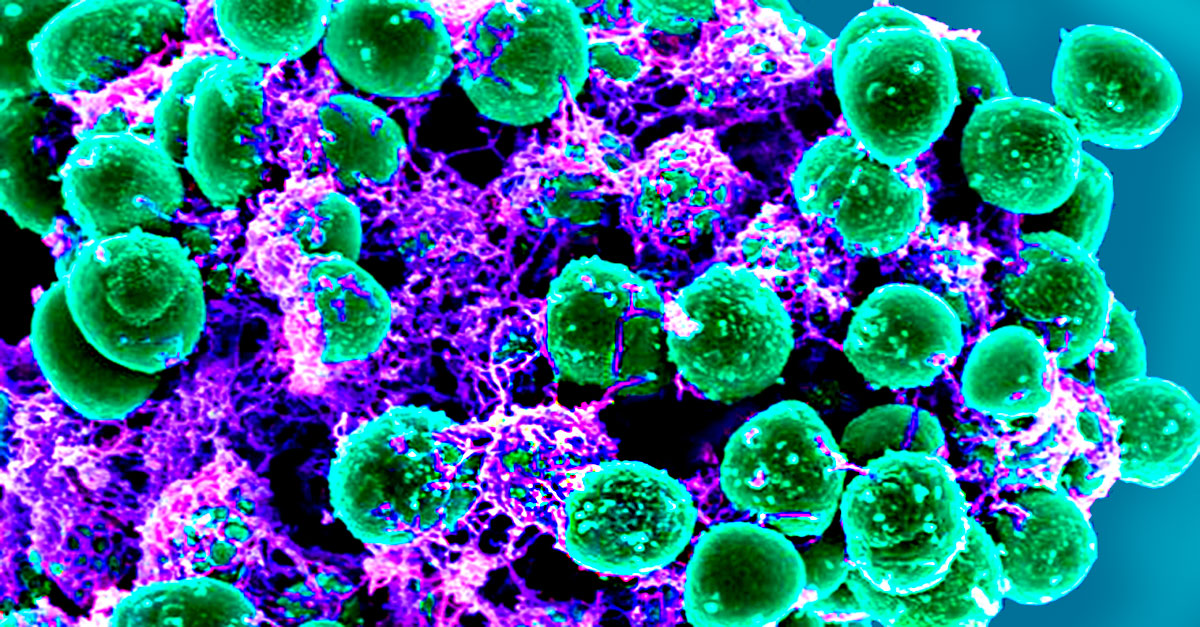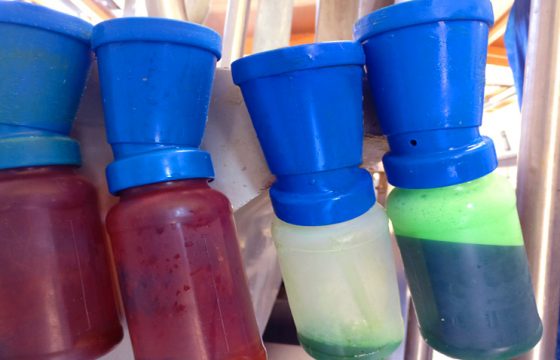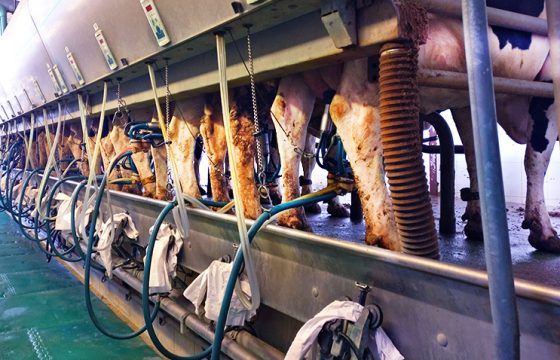Bovine mastitis caused by Non-aureus Staphylococci (NAS)
One of the most amazing families of pathogens that can cause bovine mastitis are the NAS’s (non-aureus staphylococci). Often called “opportunistic microorganisms”, they live in areas where it is easy to penetrate the tissue. Find out more about these bacteria so you can keep your farm free from mastitis infections.
What are the NAS’s?
One of the groups of bacteria that causes mastitis is called Non-aureus Staphylocci (NAS).
These bacteria are of great interest because they are currently the most commonly isolated microorganisms in cows and heifers in herds, and are currently considered emerging pathogens of bovine mastitis (Pyöräla S. et al. 2009).
 Cows and heifers can be infected with NAS’s. Prevalence of bovine mastitis by NAS’s is higher in primiparous animals.
Cows and heifers can be infected with NAS’s. Prevalence of bovine mastitis by NAS’s is higher in primiparous animals.
NAS’s are normally found on the healthy skin of the nipple and the hands of the milker.
They are often called “opportunistic microorganisms” because they live in areas where it is easy to colonize the teat canal and penetrate the secretory tissue.
What has been done to prevent dairy farms from these bacteria?
Implementing bovine mastitis control programmes over the past 30 years has led to a reduction in the overall incidence of bovine clinical mastitis in most herds.
In some cases, the decrease has been 90%.
Whereas the clinical disease caused by major pathogens such as Staphylococcus aureus and Streptococcus agalactiae decreased significantly, others pathogens such as CNS have been increasingly taking on greater importance.
Who are susceptible?
Cows and heifers can be infected with NAS’s before calving.
In lactation, infection due to CNS is often associated with an increase in somatic cell count (SCC), which causes economic losses due to the penalty in the price of milk.
The prevalence of bovine mastitis by NAS’s is higher in primiparous animals.
They are generally mild infections and limited to floccules in milk due to local changes in the udder. Many of these infections may even heal spontaneously.
But sometimes animals with intramammary infections caused by NAS’s are observed with symptoms at a systemic level and are animals with persistent infections that can last several months if measures are not taken.
How do they behave ?
There are over 50 different species of NAS’s and perhaps it is a mistake to observe their behaviour as a group and not as individual species.
Although they are not considered to be a group of bacteria as pathogenic as the main pathogens causing mastitis, their pathogenicity and resistance to antimicrobial treatments varies depending on the species of NAS’s.
Some investigators consider them to be secondary pathogens of the udder, but the significance of intramammary infections are still a subject of debate since.
On the other hand, other works give them great important in the aetiology of sub-clinical or clinical mastitis and increased somatic cell counts of affected cows.
Content originally created for “STARTVAC Library No. 3”
Author: Clara Navarro Sansano.
Milk quality consultant | KERSIA/HYPRED | Spain.


